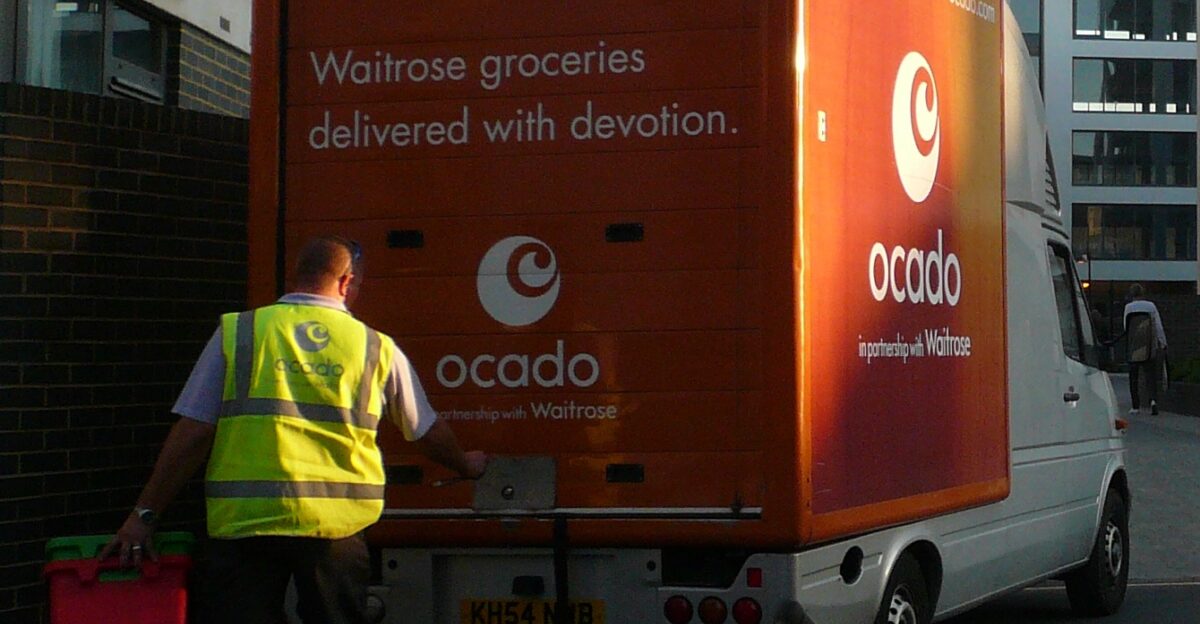
Ocado’s bold attempt to transform American grocery shopping has come to a sudden halt. In partnership with Kroger, the UK-based automation specialist set out in 2018 to build a network of high-tech warehouses across the United States, promising to redefine online grocery delivery. Now, after years of investment and optimism, eight facilities are closing, more than 1,600 workers face layoffs, and the future of Ocado’s US operations is in doubt.
The Rise and Fall of an Ambitious Partnership

Ocado’s US journey began with a high-profile alliance with Kroger, one of America’s largest supermarket chains. The plan: construct 20 automated Customer Fulfillment Centers (CFCs) powered by Ocado’s robotics and software, enabling rapid, efficient grocery delivery at scale. Early enthusiasm was palpable, with Ocado CEO Tim Steiner positioning the company as the “Tesla of grocery.” The company’s technology, proven in the dense urban markets of the UK, was expected to revolutionize American e-commerce.
However, the rollout soon encountered obstacles. Site selection proved problematic, with many CFCs built in regions where Kroger’s customer base was thin. The model depended on high order volumes to justify the enormous investment in automation, but sprawling US geographies and lower population densities made it difficult to achieve the necessary scale. As a result, the promise of seamless, profitable online grocery delivery began to unravel.
Facility Closures and Community Impact

By January 2026, three major CFCs—Groveland, Florida (opened June 2021); Pleasant Prairie, Wisconsin (opened June 2022); and Frederick, Maryland (opened June 2023)—will be shuttered. These facilities, each spanning hundreds of thousands of square feet and employing hundreds of workers, were intended as technological showcases. Their closure signals a fundamental breakdown in the business model. In addition, five smaller “spoke” facilities in Florida, Tennessee, and Oklahoma, which extended the reach of the main CFCs by handling last-mile deliveries, are also being dismantled.
The human cost is significant. Over 1,600 employees, including approximately 1,400 in Groveland alone, will lose their jobs. The economic blow to local communities is compounded by the loss of high-tech employment and the disruption of regional supply chains. For Kroger’s e-commerce customers, the closures mean fewer automated fulfillment options and a shift in how online orders are processed.
Financial Repercussions and Strategic Shift

The financial fallout has been swift and severe. Kroger will record a $2.6 billion impairment charge in fiscal 2025 as a direct result of the closures. Ocado, meanwhile, expects to lose $50 million in annual revenue from facility fees starting in 2026. The market responded sharply: Ocado’s shares plunged by more than 21% in a single day, erasing £300 million from its market value.
In response, Kroger has publicly acknowledged that the shuttered CFCs failed to meet operational and financial benchmarks. The company is now pivoting away from centralized, automated warehouses and instead focusing on its vast network of 2,700 stores for same-day delivery. By partnering with third-party platforms like Instacart, DoorDash, and Uber Eats, Kroger aims to boost e-commerce profitability by $400 million in 2026. This marks a decisive shift in strategy, reflecting broader trends in grocery logistics.
Why the Model Failed
Several factors contributed to the collapse of Ocado’s US ambitions. The centralized, automated model that worked in the UK struggled in the US, where lower population density and longer delivery routes drove up costs and reduced efficiency. Poor site selection placed facilities far from Kroger’s core customer base, limiting order volumes and undermining profitability. Meanwhile, competitors like Walmart and Amazon, with established urban networks, continued to dominate the market.
Leadership changes accelerated the decline. The resignation of Kroger’s CEO Rodney McMullen in March 2025 removed a key supporter of the Ocado partnership, and interim leadership quickly reassessed the network’s viability. Analysts have described Ocado’s solution as “an incredibly expensive” approach for the US market, highlighting the risks of transplanting a business model without adapting to local conditions.
Looking Forward: Lessons and Uncertainty

As the dust settles, five Ocado-powered CFCs remain operational, and Kroger has agreed to provide more than $250 million in compensation. Ocado maintains that it still sees growth potential in the US, but analysts are skeptical. Two planned sites in Charlotte and Phoenix face uncertain futures, and new partnerships may be difficult to secure.
The unraveling of Ocado’s US venture underscores the challenges of rapid, technology-driven expansion in unfamiliar markets. For the grocery industry, the episode serves as a cautionary tale about the limits of automation and the importance of local adaptation. As Kroger and Ocado chart new courses, the stakes remain high for workers, investors, and the future of online grocery delivery in America.